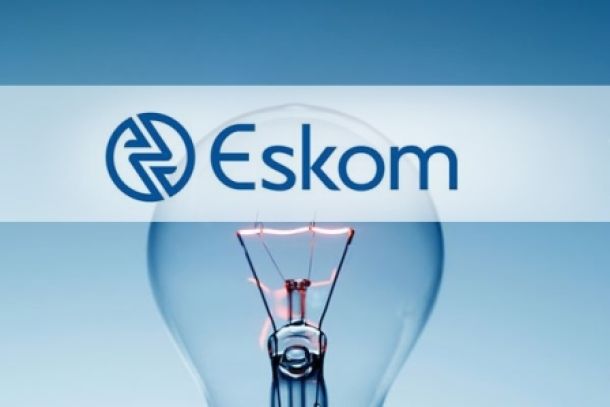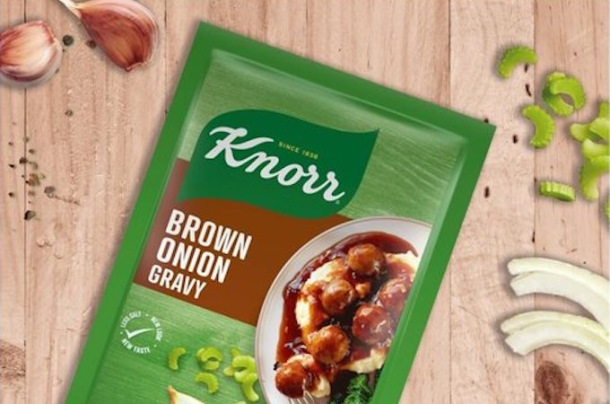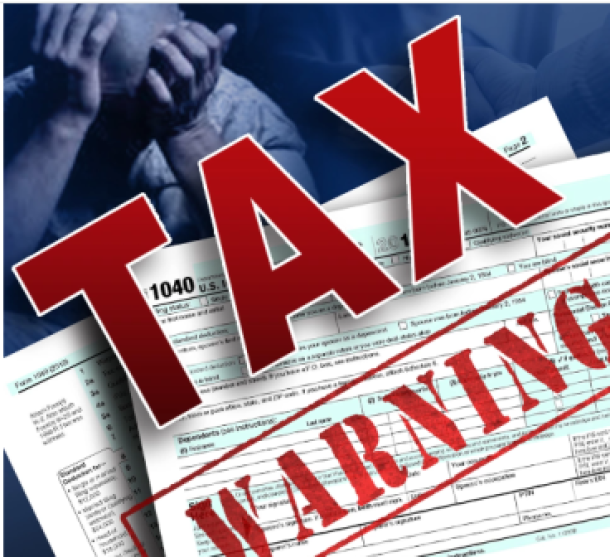SA trade names earn protection
Rooibos, honeybush, Karoo lamb and local wine trademarks are now protected in the EU.The extension of the geographical indications or trademarks, considered a victory for South Africa’s trade and intellectual property interests, was welcomed by the rooibos and wine industry.
Six southern African nations and the EU last week signed an Economic Partnership Agreement (EPA) after 12 years of negotiations.
The deal has gained greater access for South African ethanol and some canned fruits and will protect the trademarks of rooibos, honeybush, Karoo lamb and local wines.
Dawie de Villiers, the chairman of the Rooibos Council of South Africa, said on Friday that the deal was a relief.
“It will protect us against people trying to use the Rooibos trademark. We are relieved that the EPA has been signed,” he said.
In 2013, the council hurriedly stopped attempts by a French company Compagnie de Trucy to trademark “Rooibos”. The Department of Trade and Industry on Saturday said the names would be protected in the EU as geographical indication meant that no one would be able to register trademarks in any EU country using these names without permission.
Catherine Grant-Makokera, a director at trade consulting firm Tutwa Consulting, said she was not optimistic about the short-term benefits of the geographical indications.
“I am not entirely positive about the short-term benefits. The reality is that to get registered in the EU will be long and difficult. The EU does not have a good track record when it comes to the registration of geographic indications. I do not know why it would be different for South Africa,” she said.
Not optimistic
She said local producers could reap the benefits of the extension in the medium to long term. “But in the short-term, I am not optimistic,” she said.
South Africa’s wine industry on Friday welcomed the deal as South Africa’s annual duty-free quota of 48 million litres of wine that can be exported to the EU, will now rise to 110 million litres.
Although South Africa exports world wide, the EU is by far the wine industry’s biggest export destination, accounting for 74.8 percent of annual off-shore sales volumes, worth R5.01 billion.
Michael Mokhoro, the stakeholder relationship manager for South Africa’s wine and brandy industries, said initially 70 percent of the 110 million litre quota would be directed to packaged wines, which were those in bottles or other containers of 2 litres or less. Thereafter, it was likely that the packaged quotient of the allocation would be further increased.
The EPA offered a much-needed boost for the industry that had been besieged by drought and a tough global climate, he said. “We hope to see winemakers capitalise on this opportunity to build Brand South Africa, as well as the reputation of their own brands
.”
In exchange for SADC concessions, the EU won recognition in the SADC markets for several of its characteristic products, such as feta.
Trade and Industry Minister Rob Davies said last week that the EU agreed to existing SADC producers of feta continuing to produce it. He said he hoped the EPA would help rebalance South Africa’s trade with the EU, which last year was at e44 billion (R752bn), but was significantly skewed in the EU’s favour.
Botswana’s Investment, Trade and Industry Minister, Vincent Seretse, hailed the signing as a milestone in trade and wider economic relations between Europe and the six SADC states.
Under the EPA, Botswana, Lesotho, Mozambique, Namibia and Swaziland would gain duty free and quota free access to the EU market, while South Africa, which already has a free trade agreement with the EU, would get improved access, he said.
New relationship
“The signing of the EU-SADC EPA marks the beginning of a new relationship, a transformation of the regime of unilateral preferences and quota systems,” Seretse said.
The EPA would now normalise trade relations by also allowing EU goods to enter the SADC markets duty free though it is weighted in favour of the SADC countries and includes continued EU development support to promote their economic development and trading abilities.
EU trade commissioner Cecilia Malmström said the EPA deal made clear that the relationship was now “a partnership of equals” rather than “the legacy of another era”. But the EPA was about more than symbolism. “It has the potential to boost growth and support prosperity all across this region.”
It would do that by helping the SADC economies integrate into the world economy through investment and trade.
The freer access to the EU’s single market of more than 500 million people would be a huge boost for both locals and foreigners to invest in SADC countries. Some of the SADC countries already had that free access, but that depended on them remaining least-developed countries, “a perverse incentive if ever there was one”.
News Category
- International retailers
- On the move
- Awards and achievements
- Legislation
- Wine and liquor
- Africa
- Going green
- Supplier news
- Research tools
- Retailer trading results
- Supply chain
- Innovation and technology
- Economic factors
- Crime and security
- Store Openings
- Marketing and Promotions
- Social Responsibility
- Brand Press Office
Related Articles

Warning of Eskom collapse

Knorr recalls brown onion gravy sachets

Eskom CEO shares good news about load-shedding

Tax warning for South African businesses


